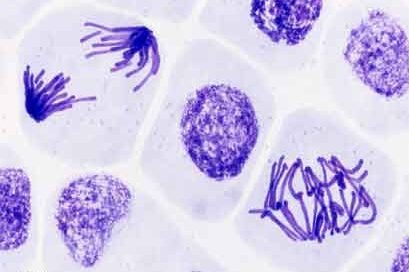
Distinguish between Mitosis and Meiosis
Mitosis and meiosis are fundamental processes of cell division that facilitate the growth, development, and reproduction of organisms. Mitosis is a process of nuclear division […]

Mitosis and meiosis are fundamental processes of cell division that facilitate the growth, development, and reproduction of organisms. Mitosis is a process of nuclear division […]
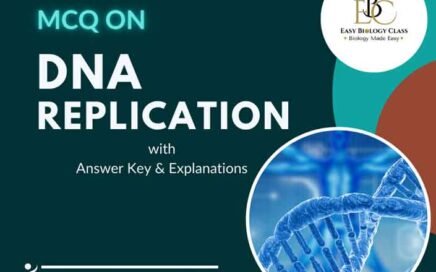
DNA replication is the process by which a cell duplicates its DNA, ensuring that each daughter cell receives an identical copy during cell division. It […]
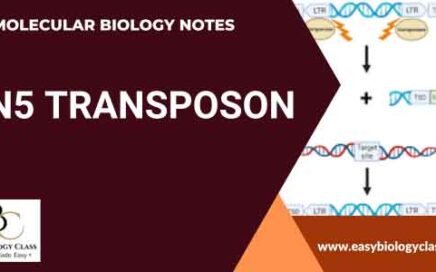
TN5 transposon is also known as Tn5 elements, stand as remarkable molecular entities within the realm of mobile genetic elements. These mobile DNA sequences possess the ability to relocate themselves within a host genome, exerting substantial influence on genetic diversity, evolution, and even the functionality of organisms.
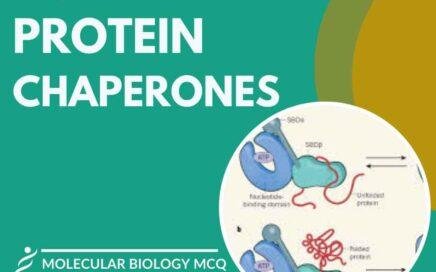
Molecular chaperones are proteins that assist in the proper folding, assembly, and stabilization of other proteins. They prevent misfolding and aggregation, guide proteins to their […]

Caspases are a family of protease enzymes that play essential roles in apoptosis (programmed cell death) and inflammation. They cleave specific proteins at aspartic acid […]
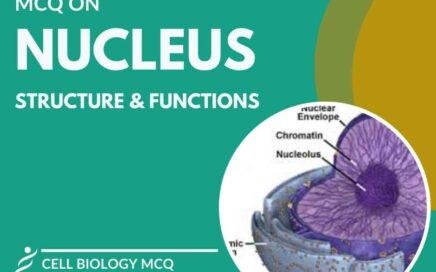
The nucleus is a membrane-bound organelle in eukaryotic cells that contains most of the cell’s genetic material in the form of DNA. It serves as […]

Chargaff’s rule states that in DNA, the amount of adenine (A) equals thymine (T), and the amount of cytosine (C) equals guanine (G). This principle […]

Post-translational modifications occur after protein synthesis. They include phosphorylation, glycosylation, and acetylation, altering protein structure and function. These modifications regulate protein activity, localization, and stability, […]

Post-transcriptional modification refers to alterations made to mRNA molecules after transcription but before translation in eukaryotic cells. These modifications include 5′ capping, 3′ polyadenylation, and […]